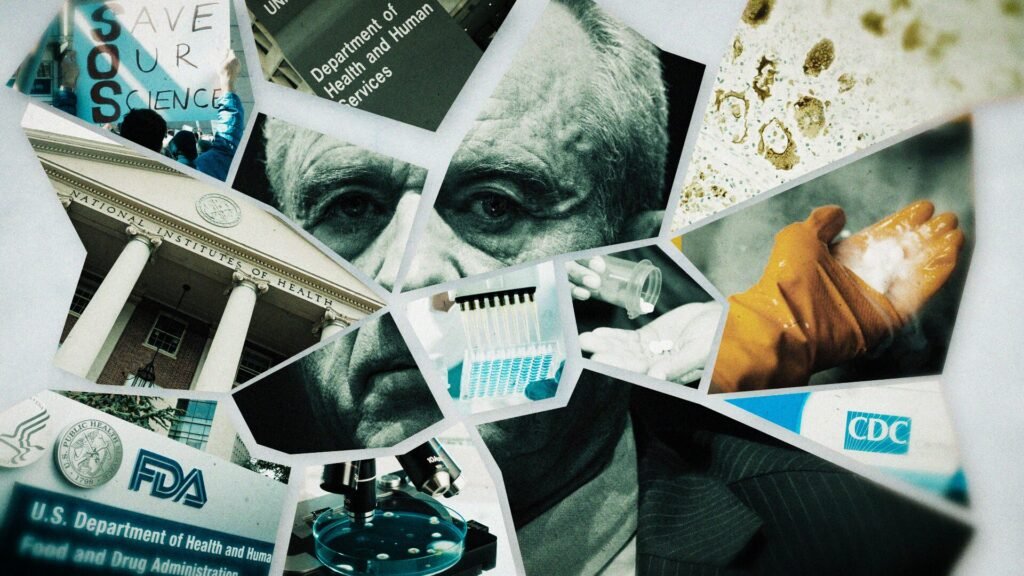The Department of Health and Human Services (HHS) is facing a major crisis as the Trump administration’s rapid restructuring of the agency has left many programs in disarray. The impact of the layoffs and program closures is now raising serious concerns about the agency’s ability to function effectively.
One of the most pressing issues is the lack of procurement departments and administrative staff, leaving lab leaders at the National Institutes of Health (NIH) struggling to acquire essential supplies. Scientists are resorting to hoarding and rationing reagents, and some have been unable to purchase necessary items like culture media and dyes for their experiments. The situation has become so dire that researchers are now bartering for supplies and relying on email listservs to find the resources they need.
The chaos at NIH is just one example of the challenges facing HHS and its subagencies under Health Secretary Robert F. Kennedy Jr. Employees across the department are grappling with the repercussions of the rapid restructuring, unsure of how long they can sustain critical initiatives before they collapse. The loss of key staff and resources is putting essential programs at risk, jeopardizing the health and safety of the public.
The upheaval at HHS has been described as “existential” by some employees, who are struggling to maintain operations with limited resources. The situation is a stark reminder of the importance of a well-functioning health infrastructure and the impact that political decisions can have on public health initiatives.
As the department continues to navigate these challenges, it is clear that a fundamental reshaping of how HHS operates is underway. The long-term implications of these changes remain uncertain, but one thing is certain: the future of science and public health in the United States is at stake.


